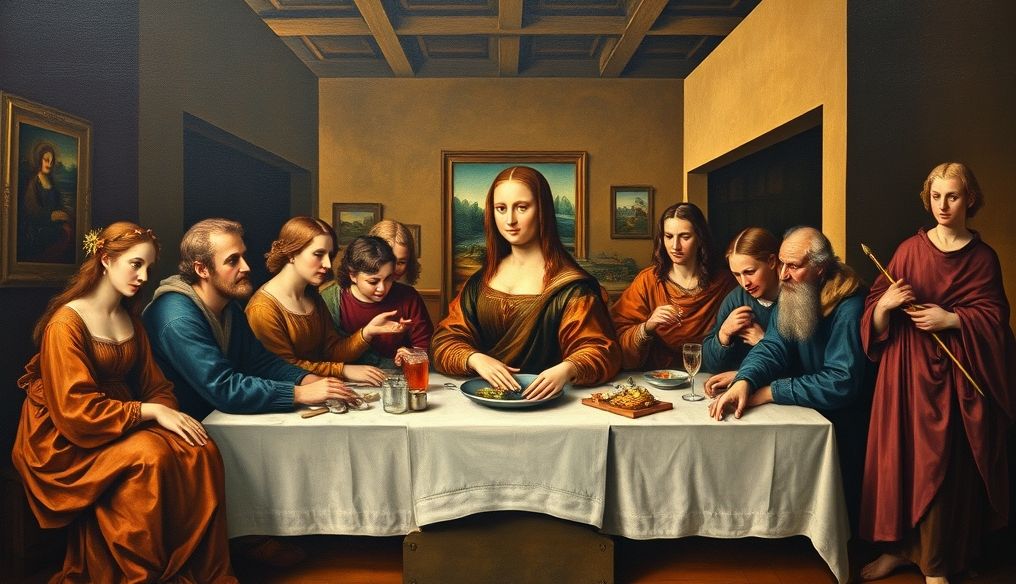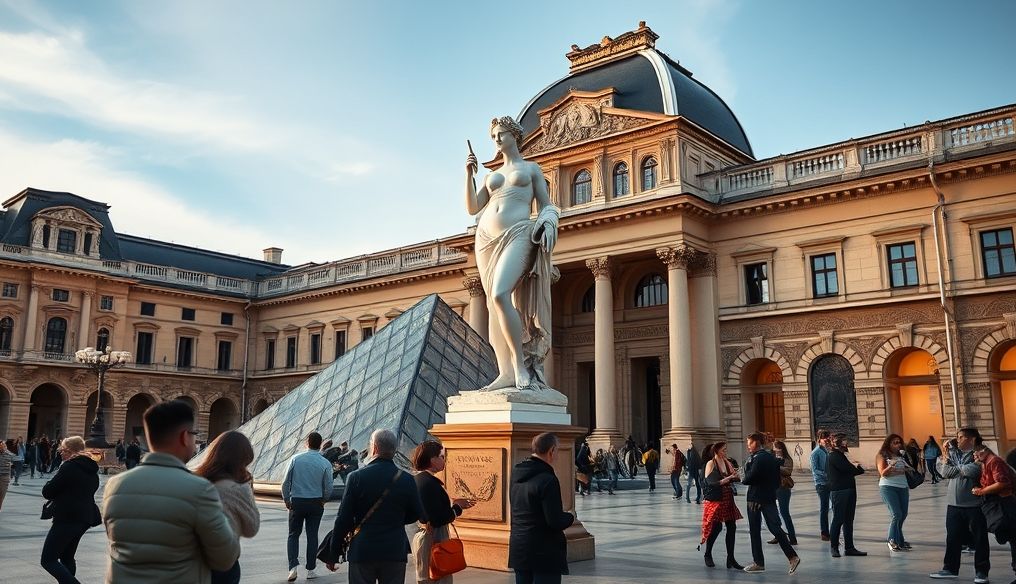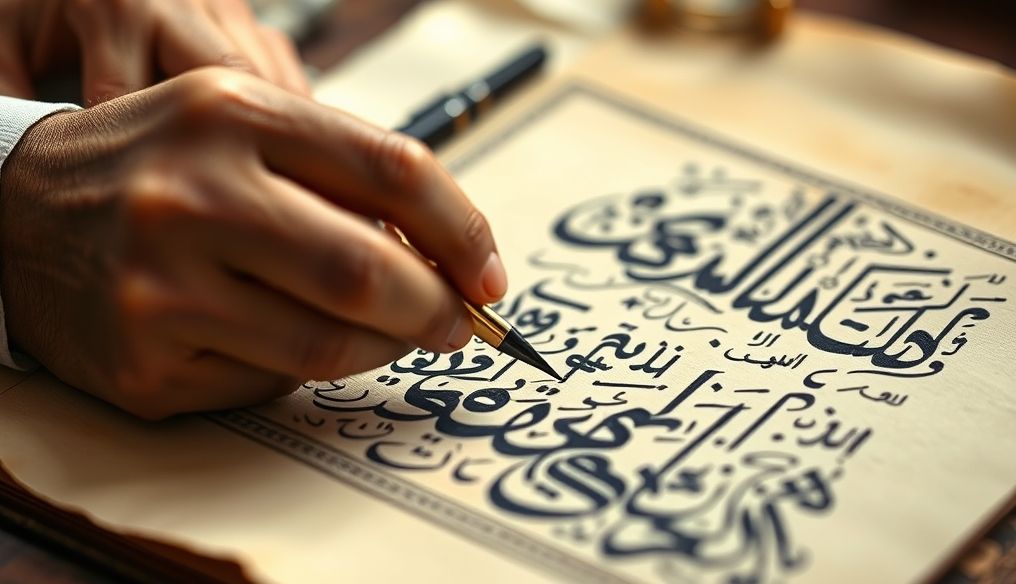What are Leonardo da Vinci's Most Famous Paintings Besides the Mona Lisa?
Leonardo da Vinci, a name that echoes through the halls of history as a symbol of genius and innovation. Celebrated as a painter, sculptor, architect, scientist, and engineer, da Vinci left an indelible mark on both art and science. While his painting "Mona Lisa" enjoys worldwide fame, there are many other masterpieces that deserve equal attention and appreciation. In this article, we will explore some of da Vinci's most famous paintings other than the Mona Lisa, delving into their history and artistic significance.
The Last Supper
Considered one of the most famous religious paintings in the world, "The Last Supper" was painted in the late 15th century at the Santa Maria delle Grazie monastery in Milan. It depicts the moment when Jesus Christ announced to his disciples that one of them would betray him.
Artistic and Historical Significance
- Composition: The composition features a balanced distribution of figures, with Jesus sitting in the center surrounded by his disciples in groups.
- Perspective: Da Vinci used advanced perspective techniques to create an illusion of depth and realism.
- Expression: Each character is distinguished by a unique expression reflecting their reaction to Jesus' announcement.
- Technique: Da Vinci used a new fresco technique that led to the painting's deterioration over time, necessitating multiple restorations.
Despite the challenges the painting has faced in terms of preservation, it is still considered an artistic masterpiece with a profound impact on Western art.
Lady with an Ermine
Also known as "Cecilia Gallerani," this portrait depicts Cecilia Gallerani, the mistress of the Duke of Milan, Ludovico Sforza. This painting is considered one of da Vinci's most beautiful and enigmatic works.
Analysis of the Painting
- Symbolism: The ermine in the painting symbolizes purity and moderation and may also be a hint to Cecilia's name, as the Greek word for ermine (galee) resembles her name.
- Composition: The composition focuses on Cecilia's beauty and her sideways glance, giving her an aura of mystery.
- Technique: The painting features fine details and soft shadows that highlight Cecilia's features and beauty.
"Lady with an Ermine" is a superb example of da Vinci's ability to capture the inner and outer beauty of his subjects.
Annunciation
This painting depicts the moment the Angel Gabriel announces to the Virgin Mary that she will bear Jesus Christ. "Annunciation" is one of da Vinci's early works and shows the influence of his master, Andrea del Verrocchio.
Elements of the Painting
- Composition: The painting depicts the Angel Gabriel presenting a white lily to the Virgin Mary, a symbol of purity.
- Perspective: Da Vinci used perspective to create depth in the painting, especially in the design of the garden and the building in the background.
- Details: The painting features fine details in the clothing, wings, and faces, giving the painting realism and beauty.
"Annunciation" is a testament to da Vinci's early skill and his ability to portray religious emotions with depth and impact.
Saint John the Baptist
Considered one of da Vinci's last works, "Saint John the Baptist" depicts John the Baptist smiling with a mysterious look. This painting raises many questions about the meaning of the smile and the interpretation of John's character.
The Enigma of the Painting
- Smile: The enigmatic smile of John the Baptist reminds us of the Mona Lisa's smile, raising questions about the relationship between the two paintings.
- Lighting: Da Vinci used the chiaroscuro technique to create an atmosphere of mystery and spirituality.
- Symbolism: John the Baptist's raised finger points to the sky, indicating his role as a herald of Christ.
"Saint John the Baptist" is a complex and thought-provoking painting that embodies da Vinci's ability to evoke emotions and questions through his art.
Bacchus
This painting depicts the Roman god of wine, Bacchus, and is believed to be a modified version of an earlier painting of John the Baptist. The painting shows Bacchus sitting in a relaxed position, surrounded by vines and grapes.
Interpretations of the Painting
- Transformation: Some believe that the painting was transformed from a painting of John the Baptist to Bacchus after da Vinci's death.
- Symbolism: Grapes and vines symbolize wine and celebration, which are characteristics of the god of wine.
- Style: The painting features da Vinci's distinctive style, with the use of shadows and lighting to create a dramatic effect.
"Bacchus" is an interesting painting that shows da Vinci's ability to adapt and innovate in his art.
Adoration of the Magi
This unfinished painting depicts the scene of the Adoration of the Magi to the newborn Jesus Christ. Although incomplete, it provides insight into da Vinci's creative process and painting style.
Significance of the Unfinished Painting
- Composition: The composition shows a large number of figures surrounding Jesus and Mary, creating a vibrant and dynamic scene.
- Preparatory Drawing: The painting provides a look at the preparatory drawing that da Vinci used before starting the final painting.
- Style: Da Vinci's distinctive style is evident in the fine details and expression of emotions.
"Adoration of the Magi" is a valuable painting because it allows us to see da Vinci at work and gives us a better understanding of his creative process.
Saint Jerome in the Wilderness
This unfinished painting depicts Saint Jerome worshipping in the wilderness. Although incomplete, it shows the power of da Vinci's expression and his ability to portray deep religious emotions.
Expressiveness of the Painting
- Expression: Saint Jerome appears in a state of deep contemplation and remorse, reflecting his repentance and dedication of his life to religion.
- Details: Although the painting is incomplete, the details in Saint Jerome's face and body show da Vinci's superb skill.
- Style: Da Vinci's distinctive style is evident in the use of shadows and lighting to create a dramatic effect.
"Saint Jerome in the Wilderness" is a moving painting that shows da Vinci's ability to portray religious emotions with depth and impact.
Conclusion
Although the "Mona Lisa" is Leonardo da Vinci's most famous painting, his other works deserve equal attention and appreciation. From "The Last Supper" to "Saint John the Baptist," these paintings showcase da Vinci's genius and his ability to portray human and religious emotions with depth and impact. Exploring these masterpieces provides us with a deeper understanding of da Vinci's art and his place in art history.




